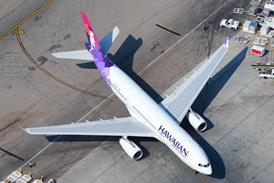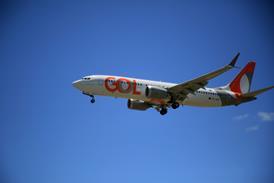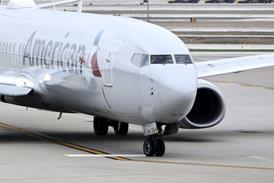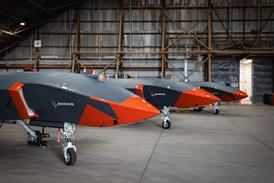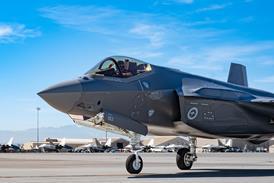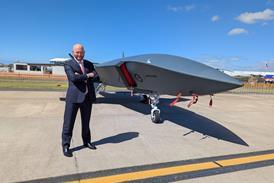As technological advances introduce diverse aircraft types, and even space vehicles, into the busy UK airspace, the Civil Aviation Authority faces an increasingly complex task to maintain the country’s strong safety reputation.
Five weeks into his new role as group director of safety and airspace regulation, Giancarlo Buono saw evidence of this evolution on 19 February as he watched a drone shuttling urgent blood samples between two central London hospitals – a project known as London Health Bridge – slashing the travel time from half-and-hour to just 2min.
“You look at this drone: it’s a simple machine,” Buono told FlightGlobal shortly afterwards. “But the complexity around this, and the challenges in integrating this, in one of the most-used airspaces in Europe, are tremendous. And we need to make sure that the CAA is able to enable this activity.”
Buono says careful balance is needed to achieve aviation growth without jeopardising the UK’s safety record – using the knowledge of the past while simultaneously being prepared to look at new concepts with fresh eyes.
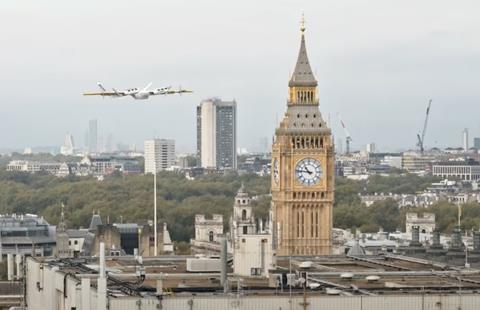
He has served as IATA regional director for safety and flight operations in Europe as well as on the European Union Aviation Safety Agency advisory board, and highlights the fact that EASA’s regulatory framework is substantially based on UK practice.
“I think that what differentiates the UK from other countries – and what has been one of the positive things here – is that, in terms of aviation, this is a country which is pretty mature.”
He says there is an “understanding” that responsibility and safety are shared and common goals. “It’s not only for the regulator to force on the industry certain safety standards,” he states. “It’s for the industry to be responsible and accountable and determine how to manage the risk with oversight from the regulator.”
This maturity extends “across the board”, he adds, from commercial and general aviation to spaceflight and has “enabled the system to be solid, with everybody working together… not just an industry which is trying to cut corners [while] the regulator is trying to bring everybody in line”.
Buono trained as both a military and civil pilot – flying types including the Panavia Tornado and Airbus A320 – but also has a managerial background in quality.
“Status quo in aviation safety doesn’t exist,” he says. “I have been raised with the idea that continuous improvement is part of what we are doing, and we need continuous improvement.”
Among areas to which this could apply, he says, is the ability to become “more predictive and more pro-active” in being able to identify certain risks – particularly “low-probability, high-severity” events, such as the volcanic disruption of 2010, that the European aviation sector “doesn’t necessarily see coming”.
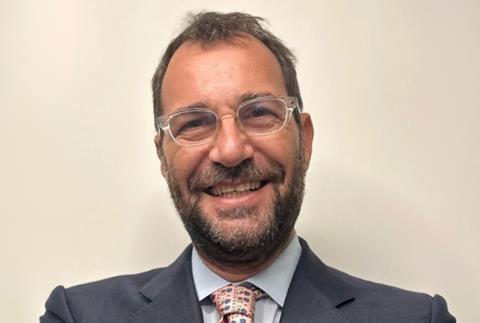
Any ‘black swan’ occurrence, by its nature, offers little statistical data on which to base predictions. “But it doesn’t mean that it cannot happen. So I think we need to become better at that,” he says. “We need to ensure we have a correct understanding of the risk related to new technology, to new entrants into the airspace.”
If these entrants emerge from areas the CAA has not traditionally regulated, he says, the risks could be “considerably different” – and the CAA will not have the benefit of historical data. “We need to be able to build this understanding and build this knowledge so that we can assure ourselves, the country, and the public in general that this risk… has been understood and managed.”
Such predictive analysis seems to fall neatly into the artificial intelligence realm, although Buono says that AI can only help if it is “looking at the right set of data”.
“One of the major problems that I’ve seen in aviation safety – not only in the UK but also in Europe – is that we sit on a tremendous amount of data. We sit on mountains of data,” he says.
Human limitation or fragmentation of taxonomy, among other reasons, means the understanding of risk which might be derived from this data is “not always what it should be”, he adds: “This is an area where technology can certainly help us. But also the methodology we use to look at risk should develop like everything else. It shouldn’t be static.”
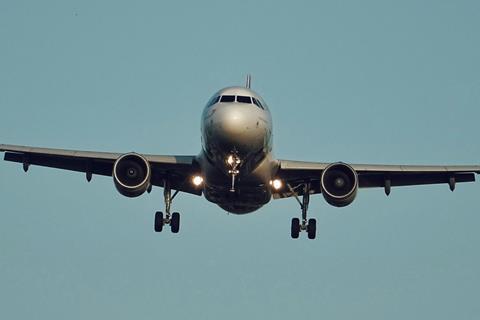
Understanding of risk is crucial to effective performance-based oversight, a subject to which Buono is particularly close – and one about which the UK has been “quite forward-looking”.
He says he has previously seen “a bit of schizophrenic behaviour” with airlines asking regulators not to be too prescriptive over certain matters while seeking specific instruction and guidance on others.
“In some parts of the industry probably we are doing very well in terms of performance-based oversight,” he states. “But other parts we need to certainly improve… how do we implement performance-based oversight when we have very little understanding of the risk related to certain type of operations?”
He says that the extension of the CAA’s remit to spaceflight has shown that regulators do not have to provide a “long set of rules to follow” but rather ensure that the entities involved have a correct understanding of risk and risk-management. “That’s proved to be effective,” he adds.
The London blood-supply drone project uses a similar approach. With essentially “zero data” from which to assess risk, says Buono, the CAA embarks on a “facilitation exercise” to understand what the partners are trying to achieve, and assist with devising a safe pathway to scale-up the operation.
“Communication is constant with the entities performing this trial,” he says. “Because it’s not only about us giving them permission, it’s also about them providing us with operational data that they are gathering.”
Buono adds that the same strategy is being used for other experimental avenues in aviation, such as the use of hydrogen fuel.
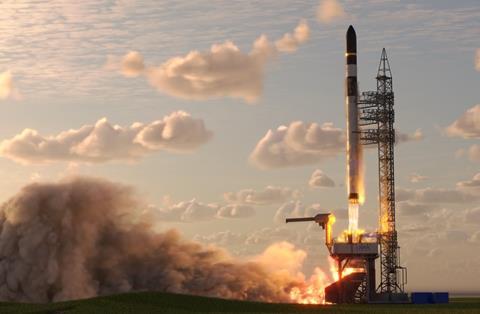
Although the UK’s withdrawal from the European Union – and from EASA – has been controversial, Buono believes the CAA’s co-operation with EASA on safety matters is “as good as it is with other regulators around the world”.
“We will continue to collaborate but there will be cases where we will deviate if we think that’s the right course of action,” he says.
Buono points out that the UK’s vision for drone integration involves a fully-integrated airspace, contrasting with the EU approach of segregation by creating dedicated drone ‘U-space’.
“We just thought that, for the UK, this can be done, can be done safely, and can provide better benefits. This doesn’t mean that we will not continue to interface with EASA and with other regulators under the [Joint Authorities for Rulemaking on Unmanned Systems],” he says, adding that understanding the approach of others helps the CAA to become better at managing safety within its own jurisdiction.
Despite its exit from EASA, the UK still has influence, Buono believes, “because it has credibility”, and remains active in ICAO panels.
“As we are not part of the EU system anymore, our regulation may diverge and may diverge for good reasons – because you are talking about different environments, different airspaces, different priorities with regards to the governments,” he says.
“But it doesn’t mean that we will do it without talking to each other… the UK CAA is well-positioned to support the aviation system, and the UK will continue to be credible and will continue to be able to influence what is happening on the international stage and international arena.”

